By all accounts, 2018 was a bit of a down year for corals. When people weren’t busy carving their names into them, they were busy wiping them from the planet with climate change.
Yeah, it’s not the greatest time to be a coral. And to make matters worse, we didn’t even get much in the way of new species descriptions this year either (at least, not much from tropical reefs… there were plenty of deepsea taxa that didn’t get written about on these pages).
Nor was their much changed when it comes to coral classification. In recent years, there’s been a steady drumbeat of major phylogenetic updates, wholesale shifts in our understanding of coral evolution, but (with a couple exceptions) things more or less stayed nomenclaturally put. I suppose for those who loathe the prospect of having to learn new scientific names this could be seen as a good thing, but let’s hope 2019 brings with it some major new studies on coral evolution. We’ve still got a ways to go before our understanding of this group is complete.
But that’s not to say that there weren’t some noteworthy happenings on the reef. Let’s recap, shall we?
#10: Conglomeratusclera and other taxonomy notes
High on the list of my favorite scientific names of all time is this one… Conglomeratusclera. It is the quintessential polysyllabic tonguetwister, arguably the most ostentatiously quandiloquent of coral names. And it happens to be the new binomen for the beloved Blue Xenia, formerly classified as a Cespitularia.
Elsewhere, we saw Fimbriaphyllia finally affirmed as the correct name for Frogspawn, Hammer, and Anchor corals. The only true Euphyllia these days is the Torch Coral (E. glabrescens, E. paraglabrescens) and the Grape Coral (E. cristata) and maybe the poorly known E. baliensis.
There was also the description of Paraechinophyllia variablis, an entirely new genus and species of chalice coral that is essentially impossible to distinguish from the far more common and widespread Echinophyllia aspera. No, seriously, these two are just about impossible to tell apart morphologically, requiring genetic analysis to confirm an ID. It’s thought to be endemic to the Western Indian Ocean, so aquarists don’t need to concern themselves with the matter.
#9: What, pray tell, are Smurf Polyps
In the annals of stupid coral names, Smurf Polyps might be the dumbest and greatest (credit to Julian Sprung for the evocative nomenclature). This brilliantly blue stub of a soft coral showed up at Maidenhead Aquatics back in February, and it’s identity was perplexing to say the least. Now, it might simply be a “sympodium” (Alcyonium verseveldti) tht is regenerating its polyps. That species can look quite bright at times, particularly when colonies are small, though usually there’s a hint of green from the tentacles and more of a silvery sheen form the surface sclerites. *shrugs*
#8: Oculina patagonica
Invasive corals are becoming a major threat to the Caribbean and its unique fauna. We’ve seen Orange Sun Corals and Black Sun Corals taking over, becoming enormously dominant in certain habitats. Last year we got word of introduced populations of a couple popular aquarium corals around Brazil, and the latest to join the West Atlantic is a mysterious encrusting species known as Oculina patagonica. Don’t let the name “patagonica” fool you, this is actually a Mediterranean species, and it has an especially tortured taxonomic history. Similar specimens have been observed in the reefs around Veracruz, Mexico over the past few years, but there’s much left to learn about this coral and its true origins.
#7: Aliaporcellana spongicola
This isn’t a coral, but, rather, a colorful new porcelain crab that associates with Indo-Pacific barrel sponges. It has been known about for a while now, appearing in field guides and in no small number of photographs. People tend to notice garishly colorful crabs, but it took a surprisingly long while for carcinologists to follow suit.
#6: Antipathozoanthus & Hydrozoanthus
The only new Indo-Pacific corals of note in 2018 were a few species of zoantharian which live in association with black corals and hydroids. The former are known as Antipathozoanthus, after their antipatharian hosts; however, this genus also has at least one species (A. segoi) which can also be found living on its own out on the reef, giving us a glimpse at the evolutionary transition that takes place when a coral goes from free-living to symbiotic. In that same vein, Hydrozoanthus sils is an interesting new species that forms an obligate relationship with the hydroid Plumularia. The result is a rather attractive coral chimera of sorts, one which might easily be confused with a gorgonian.
#5: Inflatable Cycloseris
There’s an anomalous plate coral in the Coral Triangle that seems hellbent on being a Bubbletip Anemone. A sort of cnidarian cosplay. There’s no word on who exactly this coral is, though it’s safe to say it belongs to the genus Cycloseris. I discussed specimens observed in the Philippines by diver Andrey Ryanskiy, and there have since been further reports from Cebu, Philippines.
#4: 5 New Blanket Hermit Crabs
Who doesn’t love a good carcinoecium? We got a handful of new hermit crabs and an entirely new genus (Paguropsina) to accommodate a deepwater group that specializes in wrapping themselves with anemones. Paguropsis has been known for more than a century, but these crabs have historically been rarely observed and collected. We now know a little bit more about their biodiversity, but, frustratingly, we know very little about the anemones they comingle with. There are a few genera of anemone known to associate with hermits—Calliactis, Adamsia, and the more distantly related Paracalliactis—but it remains unclear who the blanket hermit crabs are making use of. It would surprise no one if these are an as yet undescribed group.
#3: Strange And Rare Aussie Anemones
We were treated to a couple of very peculiar anemones found by Monsoon Aquatics. There was the deeply confusing Thallasianthus aster, a species that almost perfectly mimics xeniid soft corals. And collected alongside it was a coral which I tentatively identified as being Thallasianthus dendrophora, based on the convoluted, lobelike shape of its oral disk. This would mark the first time that this interesting anemone has ever been photographed. Both species possess some unusual structures termed nematospheres, which look a bit like tiny clusters of grapes.
#2: Hana Flower Polyps
I have a spot in my heart for all the innocuous, unappreciated polyps of the world, and the newly described genus Hana scratches that itch perfectly. The two known species possess an unusual structure to their feathery tentacles, having them fused at the base such that their oral disk appears greatly enlarged relative to other similar corals. In the past, such a coral might be hastily referred to as a Clavularia, but molecular studies has opened our benighted eyes to the complexities of this group’s evolutionary history. We now know that stoloniferous corals like this have appeared and reappeared over and over again in the history of soft corals, and Hana (from the Japanese for “flower”) represents as especially isolated branch of these, now classified with a South African as the family Arulidae. Hana is known from a number of locations in the Coral Triangle and is likely to be unintentionally exported into the aquarium trade on occasion, so keep an eye out for any hitchhiking corals that resemble it.
#1: Micromussa of a different color.
I don’t usually write about all the colorful corals that find their way into the aquarium trade… just those select few that catch my eye. The Permafrost Mushroom from Bali Aquarium was nice, but, when I wrote about Monsoon Aquatic’s mesmerizingly kaleidoscopic Micromussa amakusensis back in August, I said it would be Coral Of The Year. I stand by that statement.

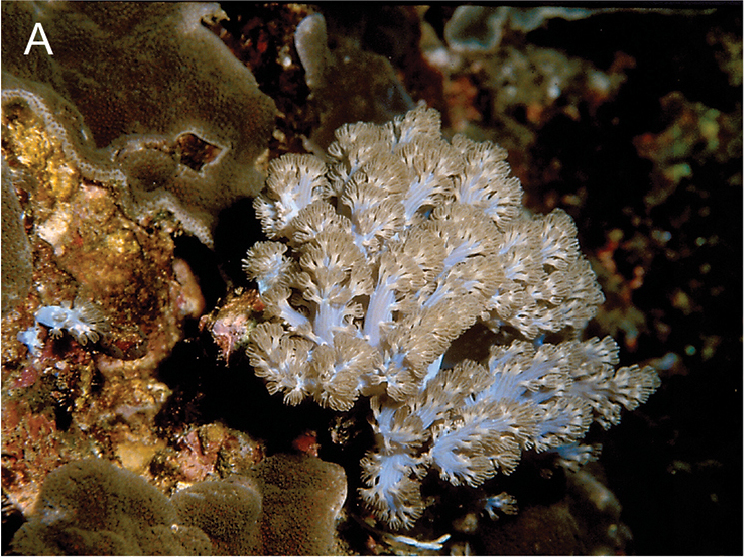
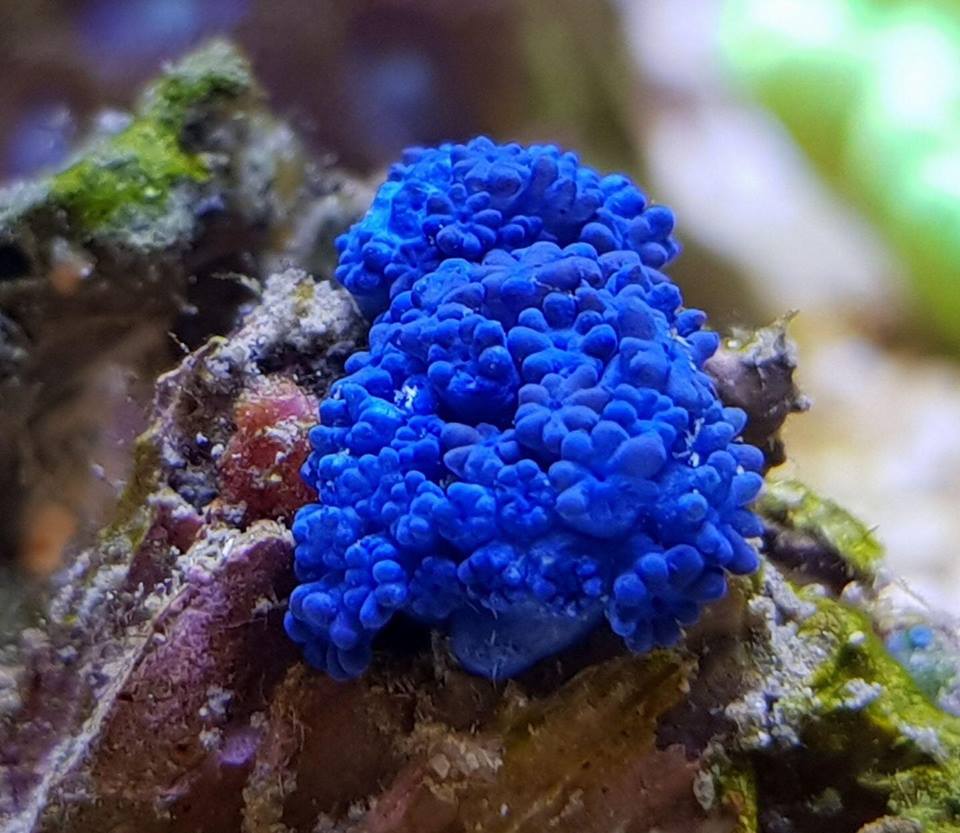
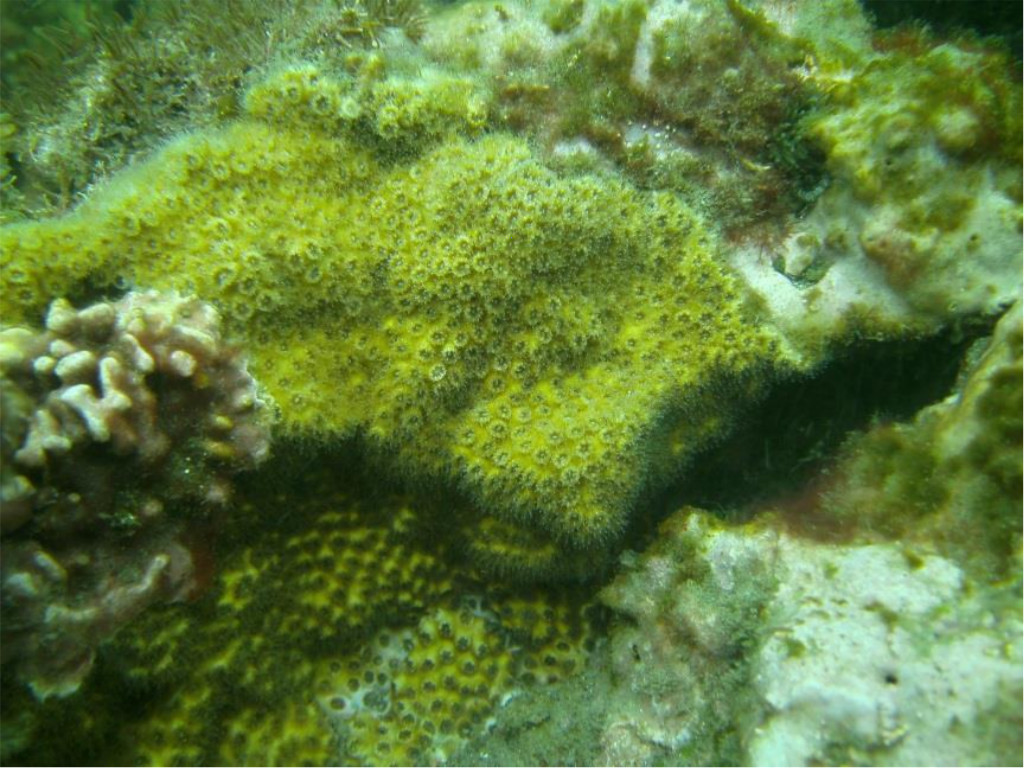
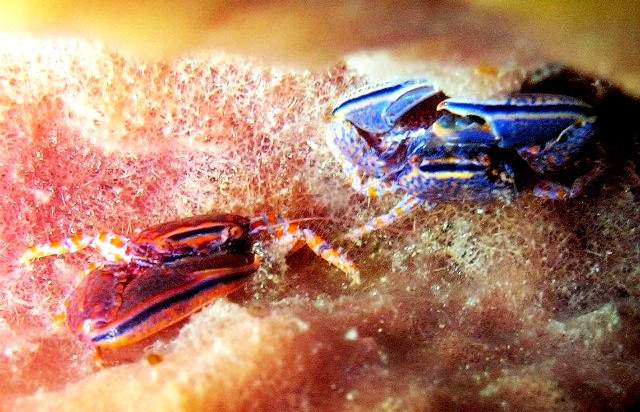
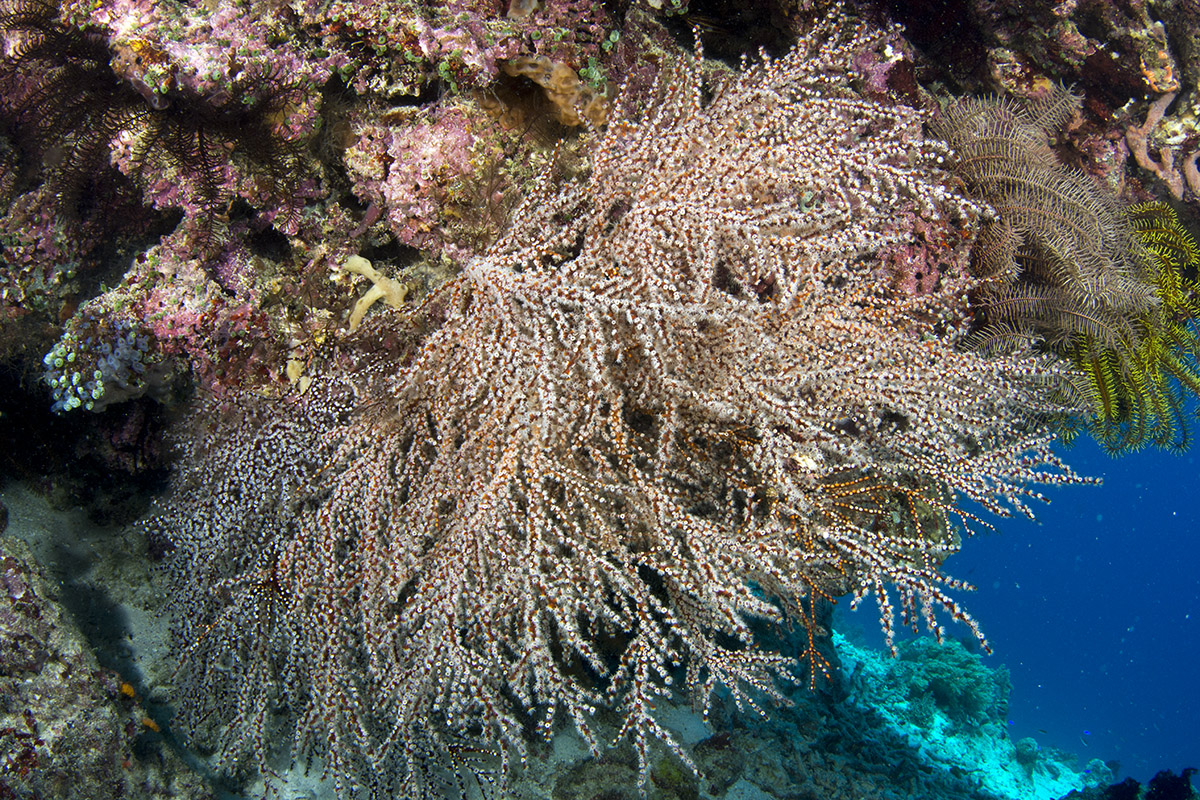
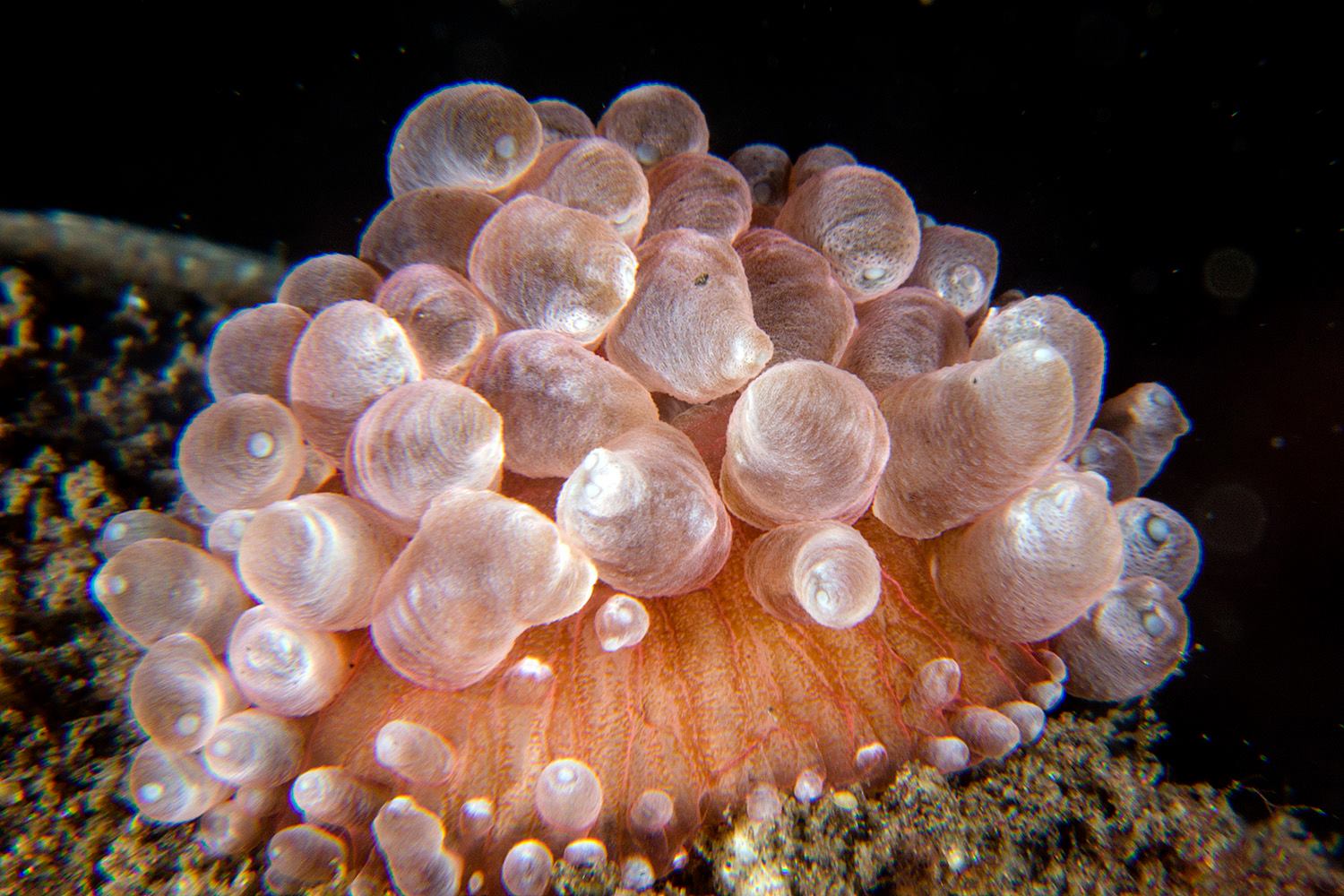
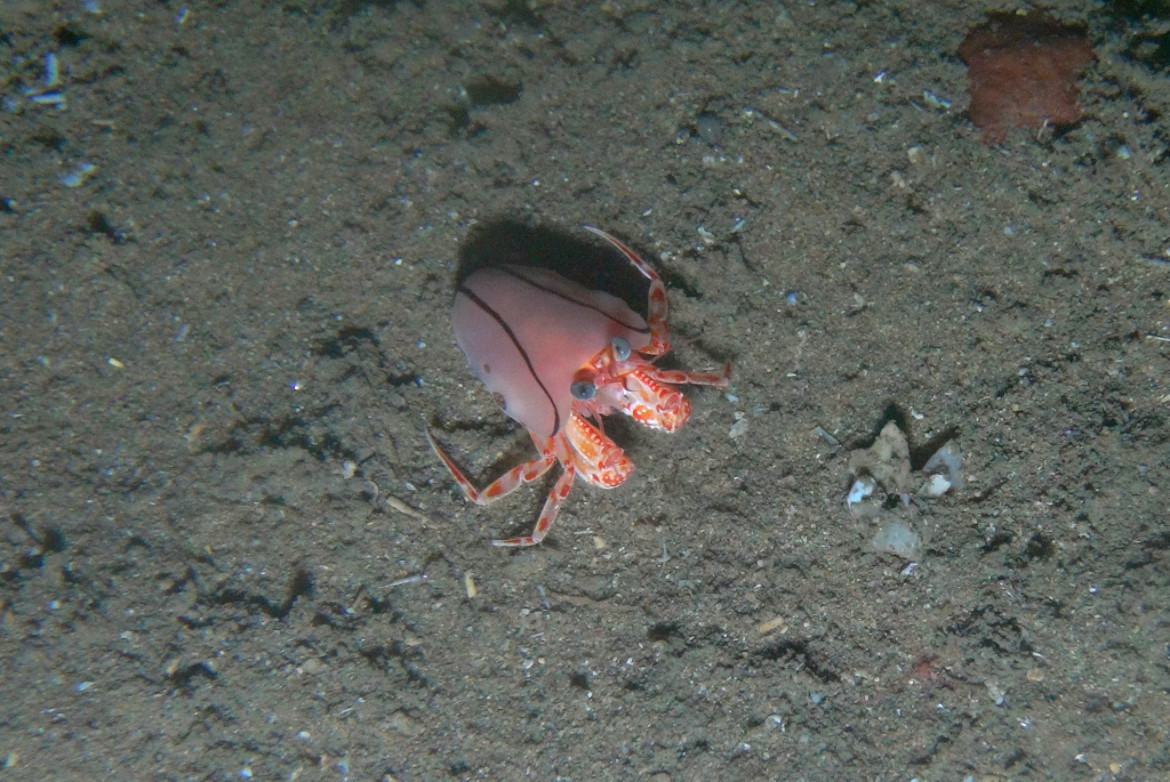
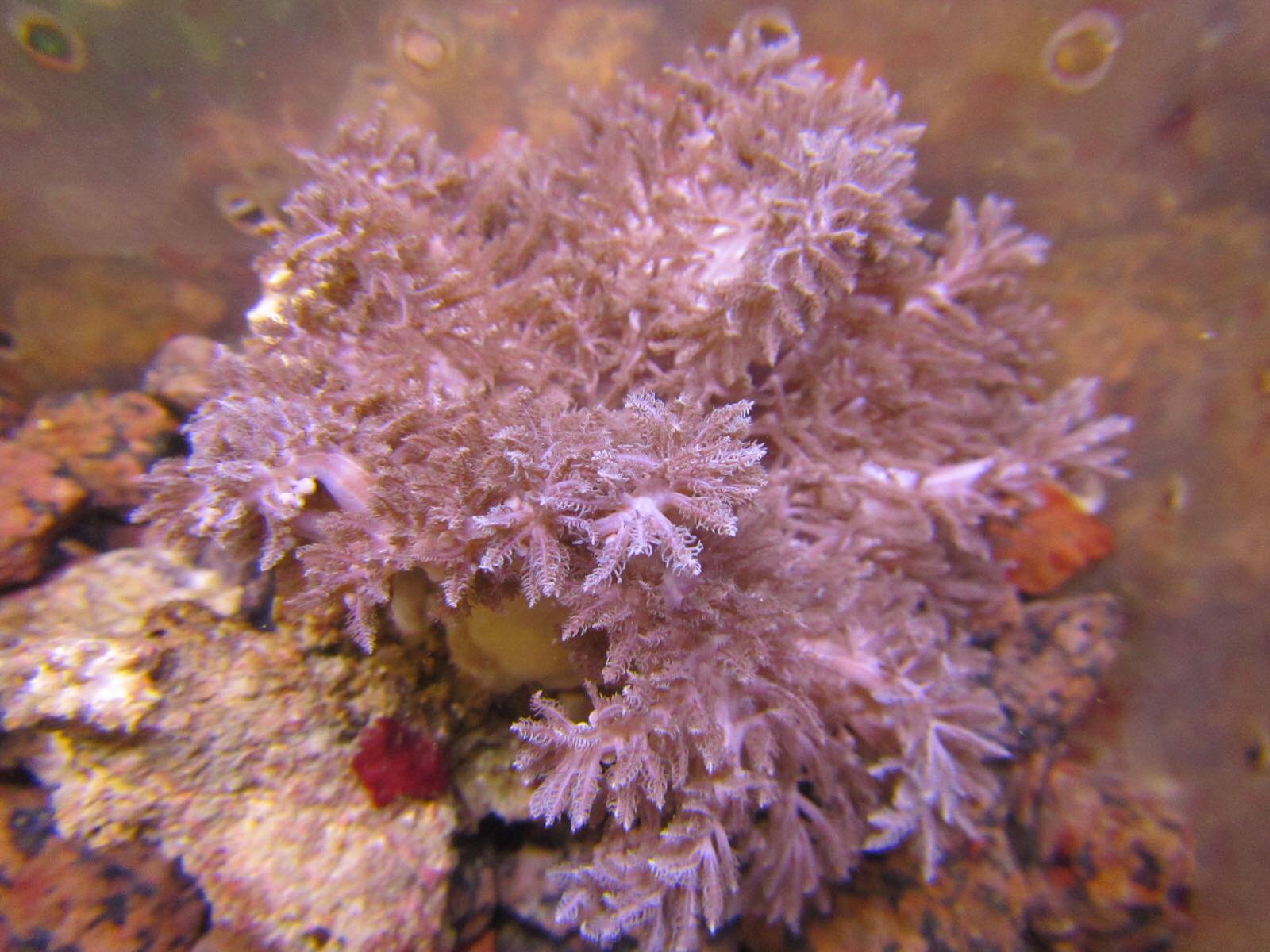
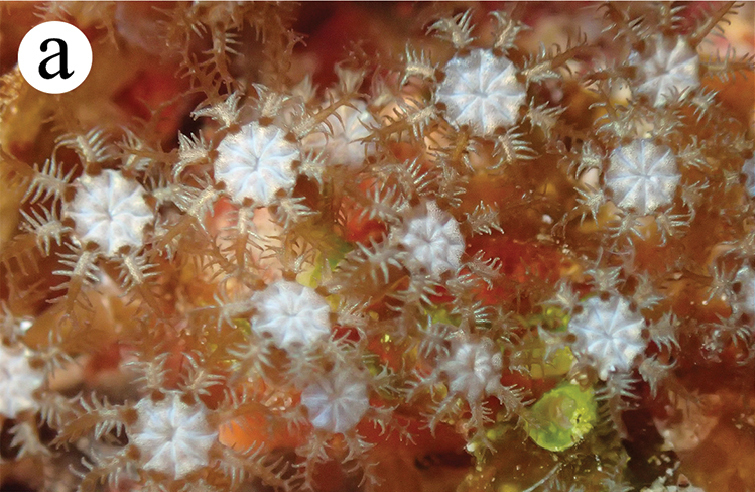
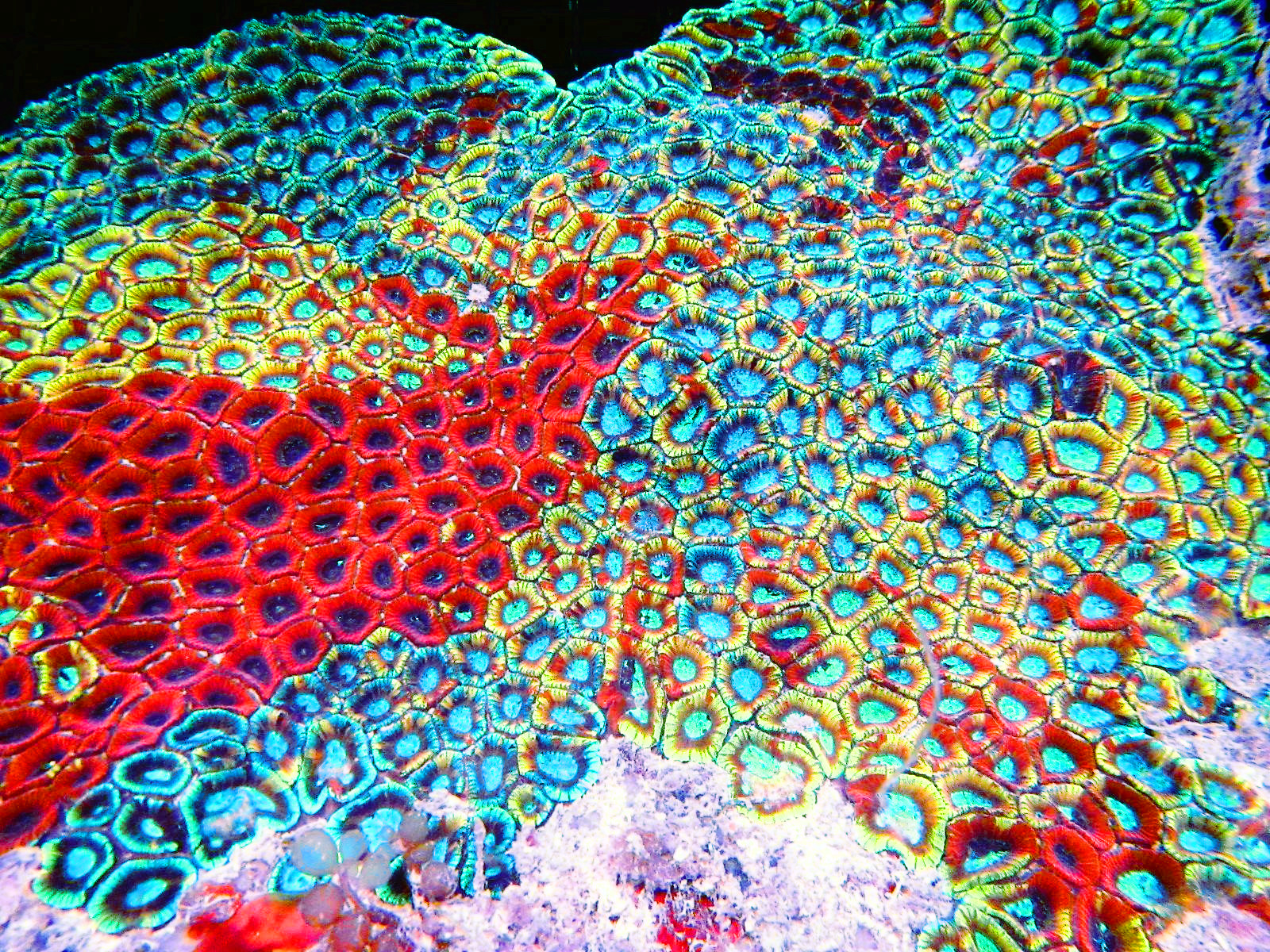









0 Comments